Planting trees is one of the most important and rewarding activities you can do for the environment. Trees provide clean air, store carbon, and create habitats for wildlife. But to ensure your trees grow healthy and strong, you need the right tools and techniques. In this article, we'll discuss the best tree planting techniques and tools so that you can get the most out of your tree planting efforts. From selecting the right tree species to understanding soil conditions, we'll cover all the essential tips for successful tree planting.
We'll also look at different types of tools that can help make the process easier. With these resources in hand, you'll be well on your way to creating a greener, healthier environment. Tree planting techniques can be broken down into two main categories: direct planting and container planting. Direct planting involves digging a hole in the ground and placing the tree directly into the ground. This method is often seen as the most natural approach to planting trees and is best suited for larger trees.
Container planting, on the other hand, involves planting a tree in a container or pot before it is placed into the ground. This method is often used for smaller trees or when soil conditions are not optimal for direct planting. When selecting the right tree for a given location, it is important to consider the climate, soil type, and sun exposure. Different trees have different requirements, so it is important to select a species that will be able to thrive in its new environment.
Tools for tree planting vary depending on the technique being used. For direct planting, shovels, spades, augers, and tree planters are commonly used. Each tool has its own benefits and considerations. For instance, augers and tree planters are great for creating a large hole quickly, but they can also damage the root system of the tree if not used correctly.
For container planting, trowels, pruners, shovels, and potting mix are commonly used. Trowels are great for digging out small holes in which to place the tree’s container. Pruners can be used to trim back any excess root growth before planting. Shovels can be used to fill in any gaps around the roots of the tree before adding potting mix to ensure that the tree has enough room to grow.
Finally, potting mix helps provide nutrients to the newly planted tree.
Considerations for Tree Planting
Selecting the Right SpeciesWhen planting trees, one of the most important considerations is selecting a species that will thrive in its new environment. It is important to research the natural environment that you are planning to plant in and select a species that will be able to survive the local climate, soil, and other environmental conditions. It is also important to consider the growth rate of the species as well as its mature size. This will help ensure that you are not planting a tree that will outgrow its space or become a nuisance to neighbors.Creating the Right Hole
Another important consideration when planting trees is creating the right hole for direct planting or container. It is important to make sure the hole is of the correct size and depth in order to support the root system of the tree.The depth should be at least two to three times the size of the root ball, and the width should be twice as wide as the root ball. In addition, it is also important to ensure that the hole has been adequately prepared with a good quality soil mix to help support the tree. This will help ensure the tree has enough nutrients and moisture to thrive.
Benefits of Tree Planting
Tree planting offers numerous advantages to both individuals and the environment. Planting trees helps to reduce air pollution, improve soil health, increase biodiversity, reduce energy costs, and provide habitat for wildlife. Trees are a great way to improve the quality of air we breathe, as they take in carbon dioxide and produce oxygen.Additionally, trees help to keep soil healthy by protecting it from erosion and providing nutrients. Trees also help to increase biodiversity by providing habitats for birds and other wildlife. Planting trees can also help to reduce energy costs by providing shade and insulation in the summer months. Trees also provide an aesthetic appeal to landscapes, making them more appealing and enjoyable.
Reduce Air Pollution
One of the most important benefits of tree planting is that it helps to reduce air pollution. Trees act as natural air filters, taking in carbon dioxide and producing oxygen.This helps to reduce the amount of smog in the air, which can be harmful to human health. Additionally, trees can help to reduce dust particles, which can cause allergies and respiratory illnesses.
Improve Soil Health
Trees also help to improve soil health by providing nutrients and protecting the soil from erosion. Trees help to keep the soil moist and retain moisture, which can help to prevent soil from becoming compacted and difficult to work with. Additionally, trees act as windbreaks, which can help to protect plants from strong winds that can damage or destroy them.Increase Biodiversity
Tree planting can also help to increase biodiversity by providing habitats for birds and other wildlife.Planting a variety of species of trees can help to create a more diverse ecosystem, which can be beneficial for both humans and wildlife.
Reduce Energy Costs
Trees also help to reduce energy costs by providing shade and insulation in the summer months. By shading buildings, trees can help to reduce the amount of energy needed to cool them. Additionally, trees act as windbreaks, which can help to reduce the amount of energy needed to heat buildings in the winter months.Aesthetic Appeal
Finally, trees provide an aesthetic appeal to landscapes, making them more enjoyable and appealing. Trees can act as a natural barrier between buildings, helping to create a more pleasant and inviting environment. Tree planting is a great way to improve local environments and contribute to global sustainability efforts.Understanding the different techniques and tools available will help ensure successful tree planting. With careful consideration of climate, soil type, sun exposure, and other factors, anyone can contribute to a healthier planet. When deciding on tree planting techniques and tools, it is important to consider the benefits and considerations of each. Benefits may include improved air quality, increased biodiversity, and enhanced aesthetics, while considerations such as climate, soil type, and sun exposure should be taken into account.
Ultimately, tree planting is an important part of maintaining healthy ecosystems and providing a safe and aesthetically pleasing environment.
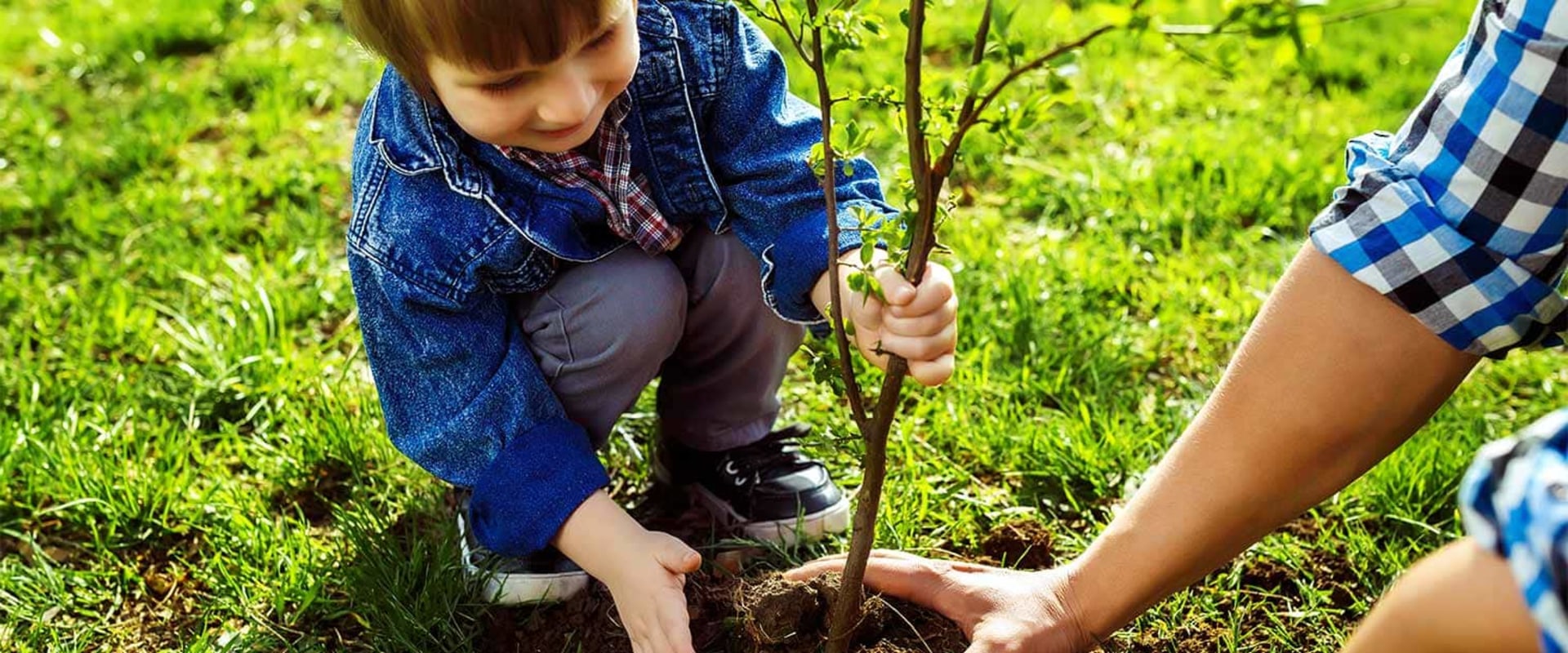
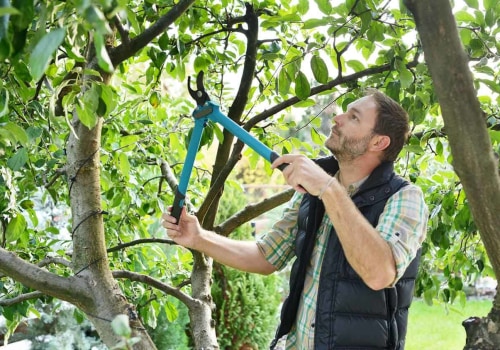
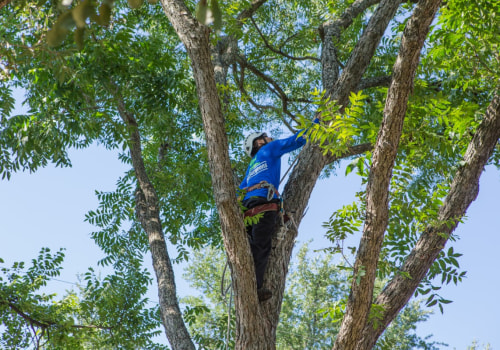
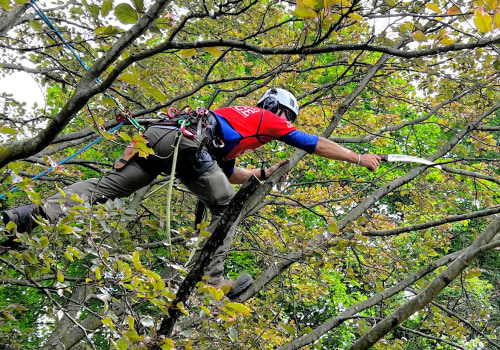

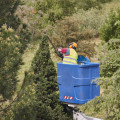


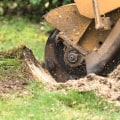

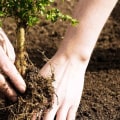

Leave Message